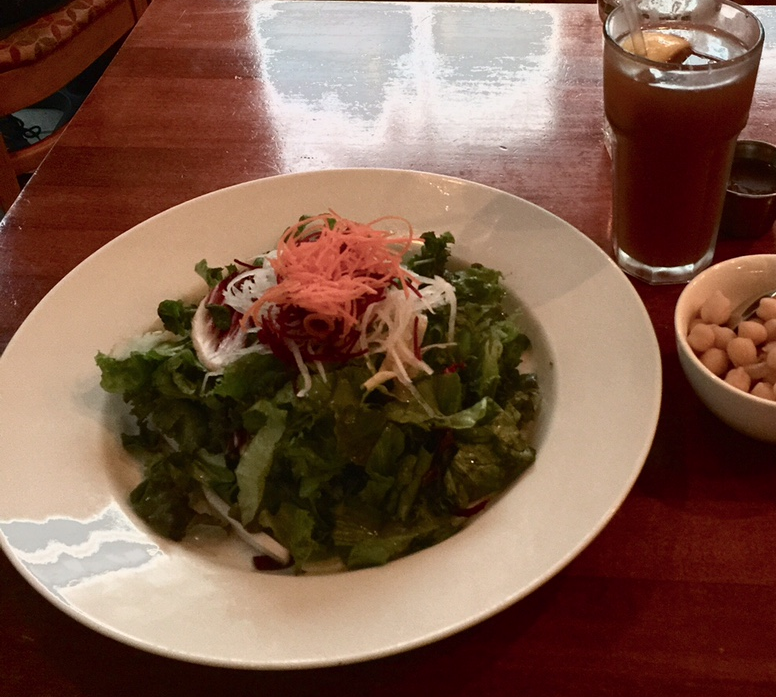I was just thinking last night as I ate arguably the best salad of the year: trust a macrobiotic chef to make a great salad. And if you try to figure out why it’s so great, you wouldn’t think to ask the right questions. I’m not the last or first creative person to bemoan the beleaguered and overanalyzed world of creative concepting on behalf of commerce these days. But I’m going to tell it to you perhaps again – we’re asking the wrong questions about work and we’re doing the wrong things to make work that’s compelling.
We're led to believe it’s all about the words and the numbers. People seem to have forgotten some kindergarten rules – just because you have something to say, doesn’t mean anyone wants to hear it. And sometimes kids remember a lesson because it’s attached to the smell of Play Doh. Great creative is great at framing information so that it strikes you as unique and personal. Sometimes that framing is visual. Sometimes that framing is about the audio. Sometimes that framing is about a simple gesture or metaphorical device.
“Are you a different sort of human than I am? Do you look at ads differently?” I said.
Years ago, I did pose those questions to a CFO who wanted to put some aggressive statistics in a television ad. As you can imagine, it didn’t go well. I meant it honestly. Most people I know watch TV with feet on the coffee table and frequent excursions for junk food – no time for math. Were CFO’s different?
What I should have focused on at the time was how to explain to a different and analytical mind the strengths inherent in subjective ideas. I have been part of projects that used dissonant sound to completely sell out a particular clothing line. I have used unpredictable and haunting music to sell out hotel rooms. We redirected a discussion about pallets of packaging material to a discussion of glass being important in life. Generally at all times, I have focused on beauty and the unpredictability of truth in all mediums.
So it’s strange to find that the practice of testing the common denominator has so overrun the business that it’s impossible to articulate or “prove” what makes a great idea great. And the parts of concepts that testing can readily measure are concrete and unambiguous things like the specificity of informative words and numbers. So (as a writer by training) I am saying to you now – a dissonant sound will do more than a rational sentence. The use of light will hit people in profound inexplicable ways. Sometimes absence makes presence more palpable than you can imagine. There are emotional underpinnings that people attach to their play, their work, and the products and services they make and offer. (I think I don’t have to add but will: if a statistic is really that good and completely mesmerizing, use it and don’t couch it.)
As for the power of the subjective itself, I ask myself and you, if a single meeting of two fingers on the ceiling of the Sistine Chapel is the most memorable image in that entire four-year painting endeavor, why can’t we understand the value of focus, metaphor, emotion and ambiguity? Why did Michelangelo make the choice of that small space between those two fingers? He could have made a hand grab. He didn’t. A hand grab would’ve tested more concretely – no wondering about what God was doing there. Or a big toss of Adam like a dove release – that would’ve been very clear too. But the space in between those fingers ? Very ambiguous, riveting, impossible to let go, sad in some very big unnamed way. So much so that no one remembers the rest of the ceiling.
As for the salad? Besides the sheer freshness of the ingredients that you would expect, it was room temperature – the greens, the nuts, the dressing, the crumbled cheese. The brilliance of being lukewarm.


